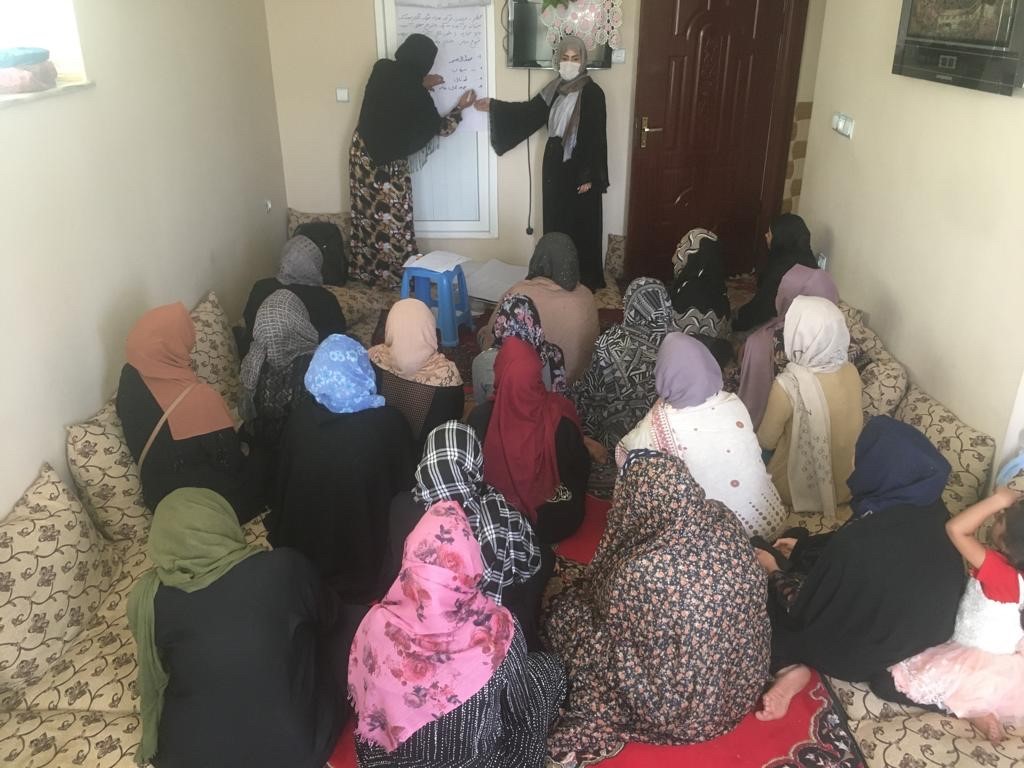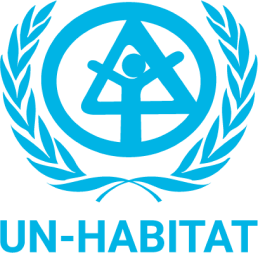Background
The project exerts a community-based approach to address HLP needs in Kabul and Herat. The two cities have large numbers of vulnerable people requiring HLP assistance. According to the 2022 HNO, out of a total of 6 million people in HLP need around 1.6 million are in Kabul and Herat. Many of those in need are IDPs and returnees that live in extremely challenging conditions in urban informal settlements. According to REACH’s 2021 survey of informal IDP and returnee settlements, nearly 80 per cent are located in urban and peri-urban areas. Pervasive insecure HLP rights have resulted in frequent threats of eviction for these communities and constrained humanitarian investments in lifesaving shelter and WASH because neither communities nor humanitarian agencies can make long-term investments in the absence of secure HLP rights.
The fall of the government on August 15, 2021, has brought challenges and opportunities to securing HLP rights. A key challenge is that many legal frameworks that support individual ownership, such as the 2018 Land Management Law, are uncertain given the power transition that has occurred. A key opportunity is that many of the impediments to securing HLP rights were associated with the former government, including a reluctance to provide urban land to vulnerable groups and rather allocate it to well-connected individuals
To respond to the current context, challenges and opportunities, the project utilizes a community-centered approach to strengthening HLP rights in urban informal IDP and returnee settlements in Kabul and Herat provinces of Afghanistan, where insecure property rights have resulted in historic threats of eviction and barriers to humanitarian investment.


Project activities
- Document and map Communal land claims of 50,000 IDPs and returnees living in informal settlements in Kabul and Herat
- Undertake household surveys in 6 informal settlements in Kabul and Herat, which includes 7,000 households. The survey will focus on the following points:
- Documenting the socioeconomic details of men, women, girls, and boys living in each settlement
- Documenting occupancy data, including history of occupation, shelter type, size, and construction materials
- Establishing the socioeconomic and HLP needs of IDPs.
- Participatory land use and hazard mapping of 6 informal settlements
- Develop new settlement plans for upgrading 6 informal settlements to provide lifesaving infrastructure and service investments and facilitate durable solutions for the settlements’ inhabitants including:
- Provision of water: typically involving the construction of deep wells and communal water points
- Basic sanitation facilities: basic communal or household facilities to prevent open defecation that can be upgraded at a later point
- Movement networks: depending on site conditions, basic grading and stabilizing of roads and movement corridors to access sites and arterial routes within sites
- Essential earthworks, grading and stabilizing
- Drainage and flood mitigation infrastructure
- Access way construction, levelling and compaction of primary roads, access and egress to sites.
- Priority investments in communal infrastructure and services
- Coordination with humanitarian agencies and community-based organizations to develop an investment plan for sustainable investments in shelter and infrastructure in project sites
Outputs
- Communal land claims of 50,000 IDPs and returnees living in informal settlements in Kabul and Herat are documented and mapped
- Participatory settlement planning
- Coordination with community organizations and humanitarian agencies to extend shelter, infrastructure, and service investments in informal settlements through development of a strategic plan


Key Results
In close cooperation with CDCs and through a voting process, below projects have been selected and will be implemented accordingly and several workshops have been conducted:
- Area drainage in PD8 of Kabul
- Lineside drainage for Parwiz Street and Kocha-e-Qala in PD7 of Kabul
- Street lighting in PD7 of Kabul
- 200m canal construction in Kart-e-Maiwand in PD13 of Herat
- 215m canal construction in Jam in PD6 of Herat
- 200m canal construction in Isaq Abad in PD11 of Herat
- 4 PHVCA workshops conducted in Kabul
- 4 Community Action Plan workshops conducted in Kabul
- 3 PHVCA workshops conducted in Herat
- 3 Community Action Plan workshops conducted in Herat
- 4 CDCs documents revised in Kabul
- Profiling survey of households ongoing in 4 selected areas in Kabul and in 3 selected areas in Herat
Donors and Key Project Stakeholders
Donor:
OCHA
Key Project Stakeholders:
Displaced Communities Residing in Kabul and Herat, Gozar Assemblies (GAs), Community Development Councils (CDCs), and Community-Based Organizations
Relevant Links
UN-Habitat Starts Canals Construction Projects in Herat Province of Afghanistan
UN-Habitat Inaugurates Drainage Construction and Solar Street Lighting Projects in Kabul

